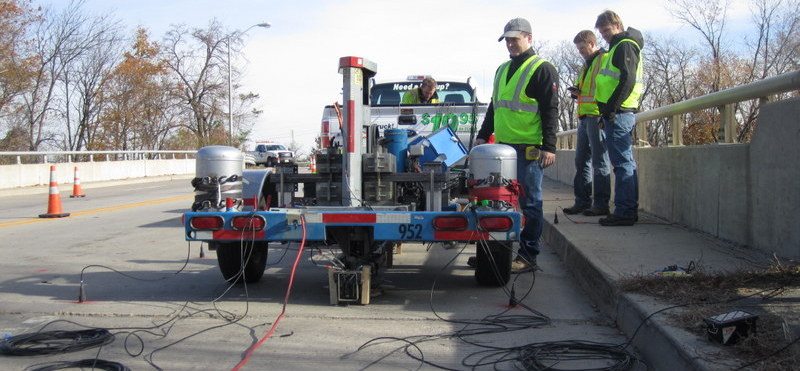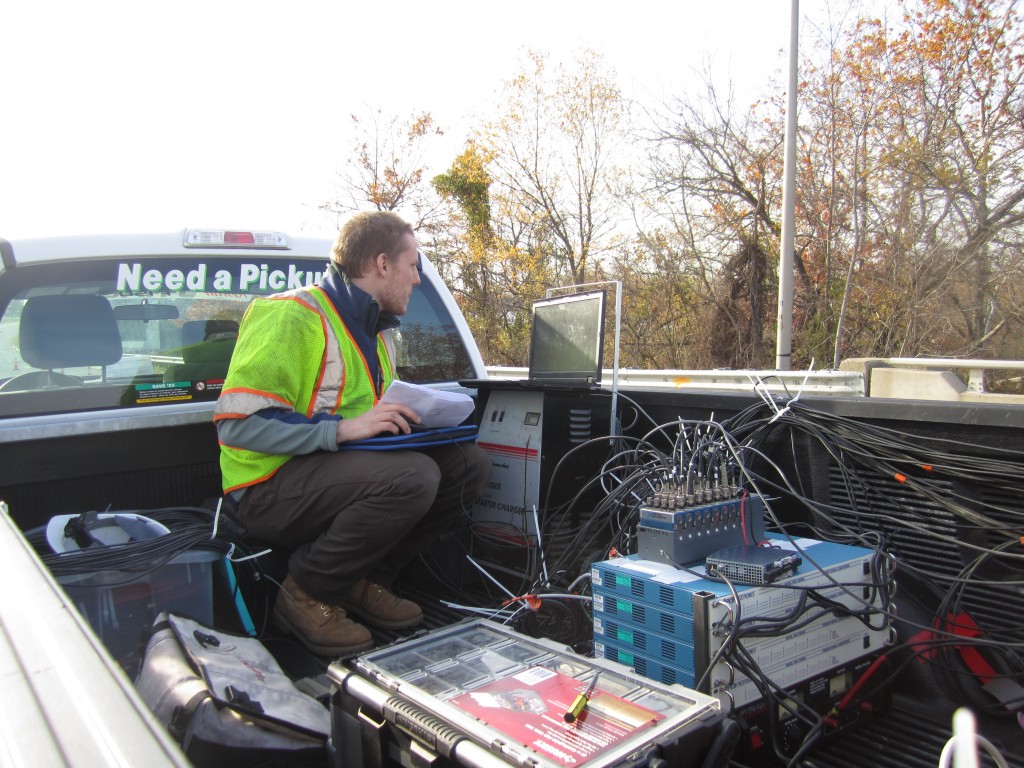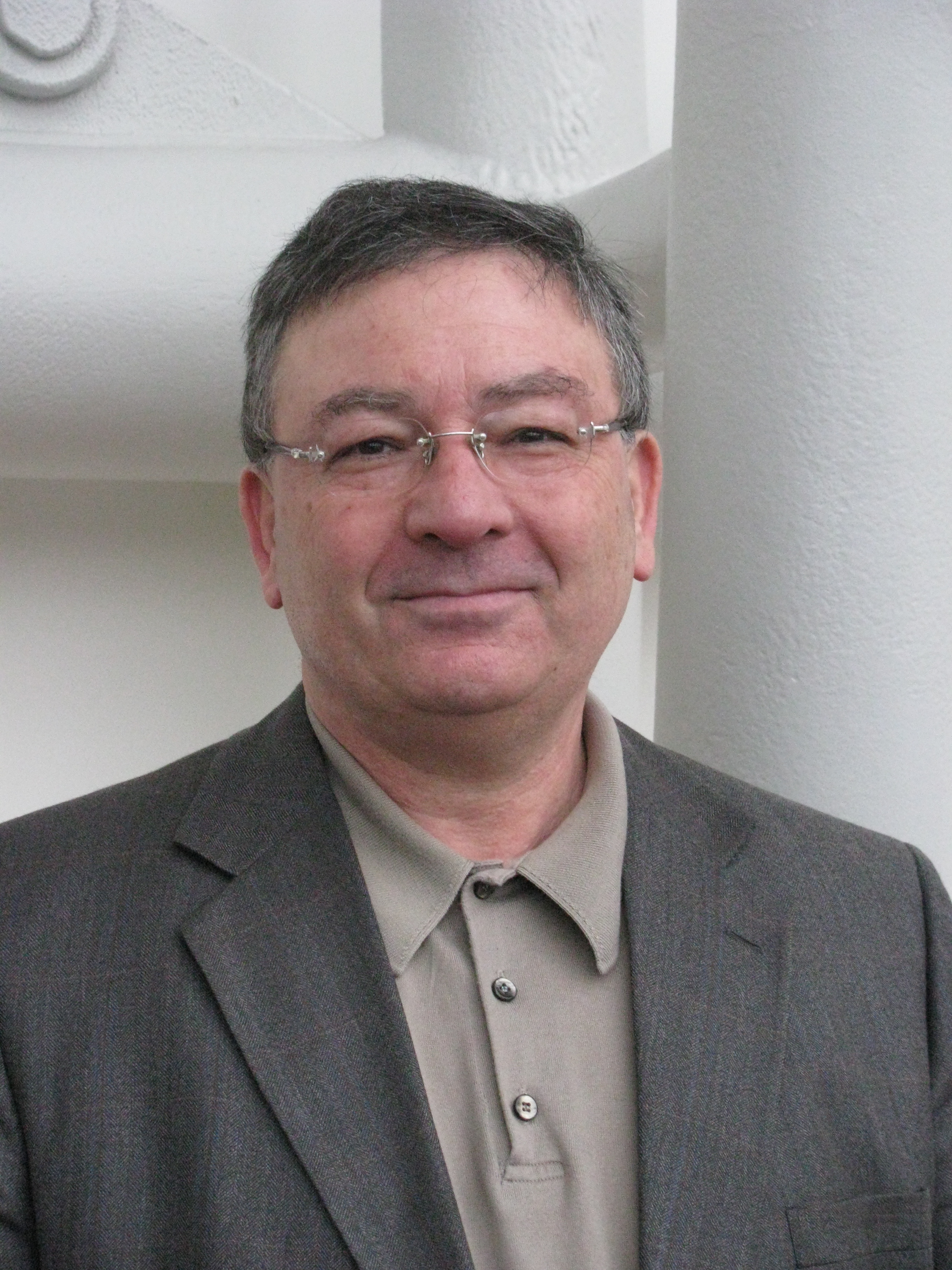
Automated Nondestructive Evaluation and Rehabilitation System
Dates: February 2010 – January 2015
Researchers: J. Zhang, Y. Zhou, J. DeVitis, D. Masceri
Partners: Rutgers University, PD-LD, Inc., Mala GeoScience USA, Inc., and Pennoni Associates, Inc.
Sponsor: NIST Technology Innovation Program
Executive Summary
This projects aims to develop a suite of technologies that together will provide a comprehensive solution to bridge deck maintenance—from monitoring and assessment to remediation—as well as overall bridge inspection. The goal is to develop the Automated Nondestructive Evaluation and Rehabilitation System (ANDERS) for bridge decks, which will use a combination of human-operated and robotic vehicles that allow rapid, comprehensive application across a large number of bridge types. ANDERS will be composed of four systems that merge novel imaging and nondestructive evaluation (NDE) techniques with innovative intervention approaches to arrest deterioration processes in bridges. The planned system focuses on identification and mitigation of bridge deck deterioration, which bridge engineers and owners have identified as one of their most acute problems.
Project Description
To assess deck conditions ANDERS will use two complementary nondestructive evaluation systems. A Multi-Modal Nondestructive Evaluation (MM-NDE) System (to be developed by Rutgers, Mala and PD-LD) will combine ground-penetrating radar, impact echo, and ultrasonic probes to identify and characterize localized deterioration. In tandem, a Global Structural Assessment (GSA) System (to be developed by Drexel) will use modal analysis (i.e., observation of how a structure vibrates in response to a mechanical stimulus) to assess global structural characteristics, identify any appreciable effects of deterioration on the bridge structure as a whole, and shed light on how local deterioration effects global performance of the structure. Output from these two methods will be merged using an automated analysis system that will construct and calibrate mathematical simulation models to assess overall structural vulnerability and capacity. Based on the outcome of these assessments, a Nondestructive Rehabilitation (NDR) System (to be developed by Rutgers) will use robotic repair equipment to deposit specially formulated repair materials to fill and bond hairline crevasses and repair delamination.
If successful, the ANDERS project will provide unique tools that enable the sustainable management of repairs to our nation's aging bridges. ANDERS will provide much more detailed and comprehensive detection of early onset deterioration and result in both time and cost savings compared to traditional approaches. ANDERS will incorporate comprehensive condition and structural assessment at all stages of deterioration, integrated assessment, and prudent rehabilitation that will be rapid, cost-effective, and implementable at all stages of deterioration. Develop a mobile integrated system for nondestructive evaluation and repair of bridge decks, including human-operated and robotic systems that merge novel imaging and NDE techniques together with innovative intervention approaches to arrest deterioration processes.





